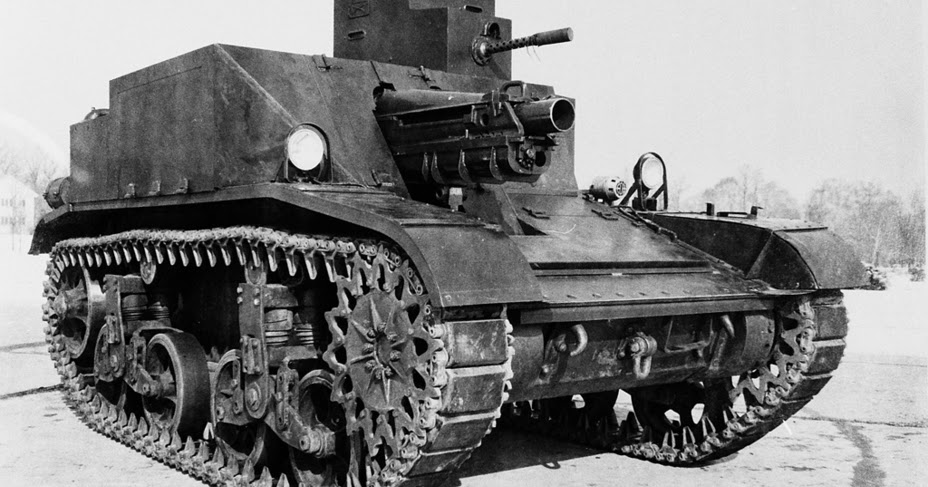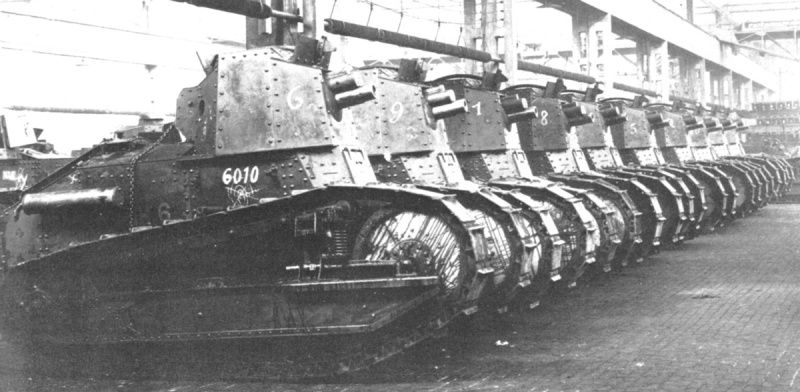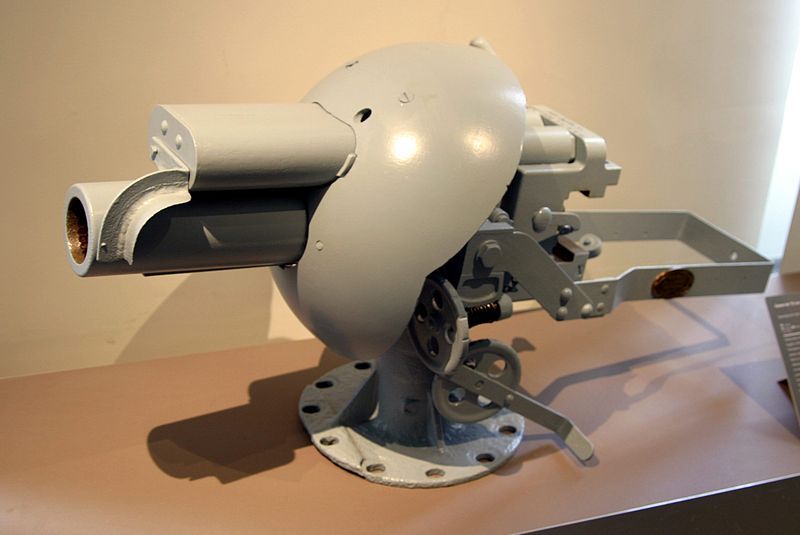I have been reading into composite armour in MBTs and had always assumed that the Russians had been at least a decade ahead of the British and Americans when it came to composite armour
However the experimental T95 - 'Medium Tank' developed during the early 50s used siliceous cored armour and I understand that there was talk of using this armour in the subsequent M60 MBT
But I have been unable to learn why the M60 entered production and service without this armour - was there a reason why this armour was not used as it was then expected to offer about 1.5 x the protection against HEAT warheads than the equivalent weight of Steel armour ?
However the experimental T95 - 'Medium Tank' developed during the early 50s used siliceous cored armour and I understand that there was talk of using this armour in the subsequent M60 MBT
But I have been unable to learn why the M60 entered production and service without this armour - was there a reason why this armour was not used as it was then expected to offer about 1.5 x the protection against HEAT warheads than the equivalent weight of Steel armour ?





